|
|
|
|
|
|
|
|
February 2, 2023 | ISSUE 61 |
|
|
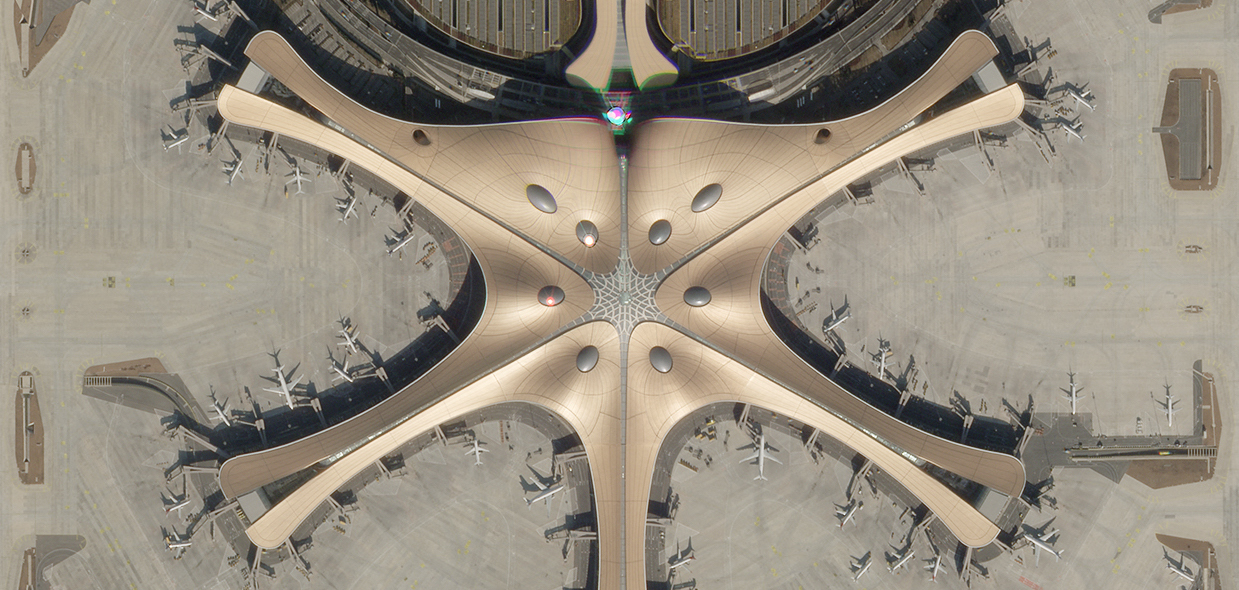 |
SkySat • Beijing Daxing International Airport, Beijing, China • January 8, 2023 |
In this week’s issue: We explore infrastructure that costs upwards of $1 billion; cerulean lakes are spotted at high elevation; and satellites capture icy scenes at Earth’s geographical fringes.
Having trouble viewing images? Then read this issue on Medium!
|
|
|
|
|
FEATURE STORYMegaprojects
Million dollar price tags are more common than you may think: the median Manhattan home or a dozen eggs in 2023. But crossing the billion dollar threshold is far rarer. Items at this extreme end of the spectrum include modern sports stadiums, CERN’s Large Hadron Collider, futuristic cities, and the International Space Station.
A megaproject is any project that exceeds a cost of $1 billion USD. And even though they’re rare, the full list is considerable. In many ways these infrastructure projects represent the peak of human engineering, showing what we’re capable of with an enormous budget. And they can be incredibly influential too, revealing scientific discoveries (James Webb Telescope) or transforming local economies (Panama Canal). So this week we’re taking a look at some of the most expensive, impressive, massive, and visually stunning megaprojects on Earth.
|
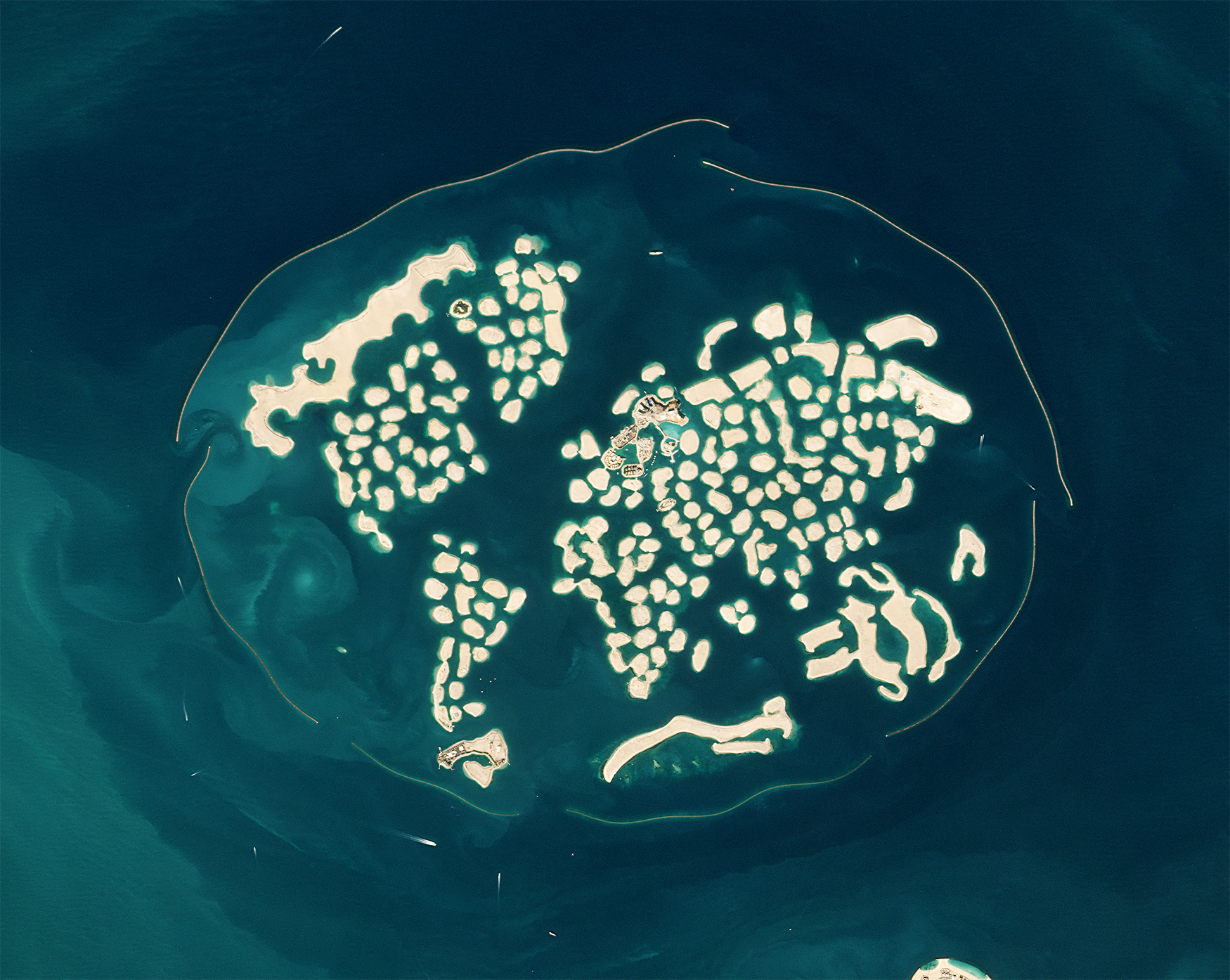 |
PlanetScope • The World Islands, Dubai, United Arab Emirates • December 30, 2022 |
Megaprojects sprout out of Dubai like corn stalks from Iowa. Practically the whole city is a megaproject of some kind, from the in-progress Dubailand—a $64 billion entertainment complex twice the size of Disney World—to a replica of the world atlas built from artificial islands (pictured above). However, Dubai’s crown jewel is the $1.5 billion Burj Khalifa: the world’s tallest building at 828 meters (2717 feet). |
 |
SkySat • Burj Khalifa, Dubai, United Arab Emirates • June 3, 2022 |
Dividing two continents is expensive. Doing it twice even more so. But the rewards reaped are worth it. Since its construction in 1869, the Suez Canal has enabled ships to sail from the Mediterranean to the Red Sea (and the Pacific) without having to round the Horn of Africa. In 2015, Egypt opened the New Suez Canal alongside the old. It reduced the wait time for cargo ships by a few hours, but unfortunately didn’t help when the Ever Given got stuck in 2021, blocking trade, disrupting supply chains, and costing the global economy an estimated billions. |
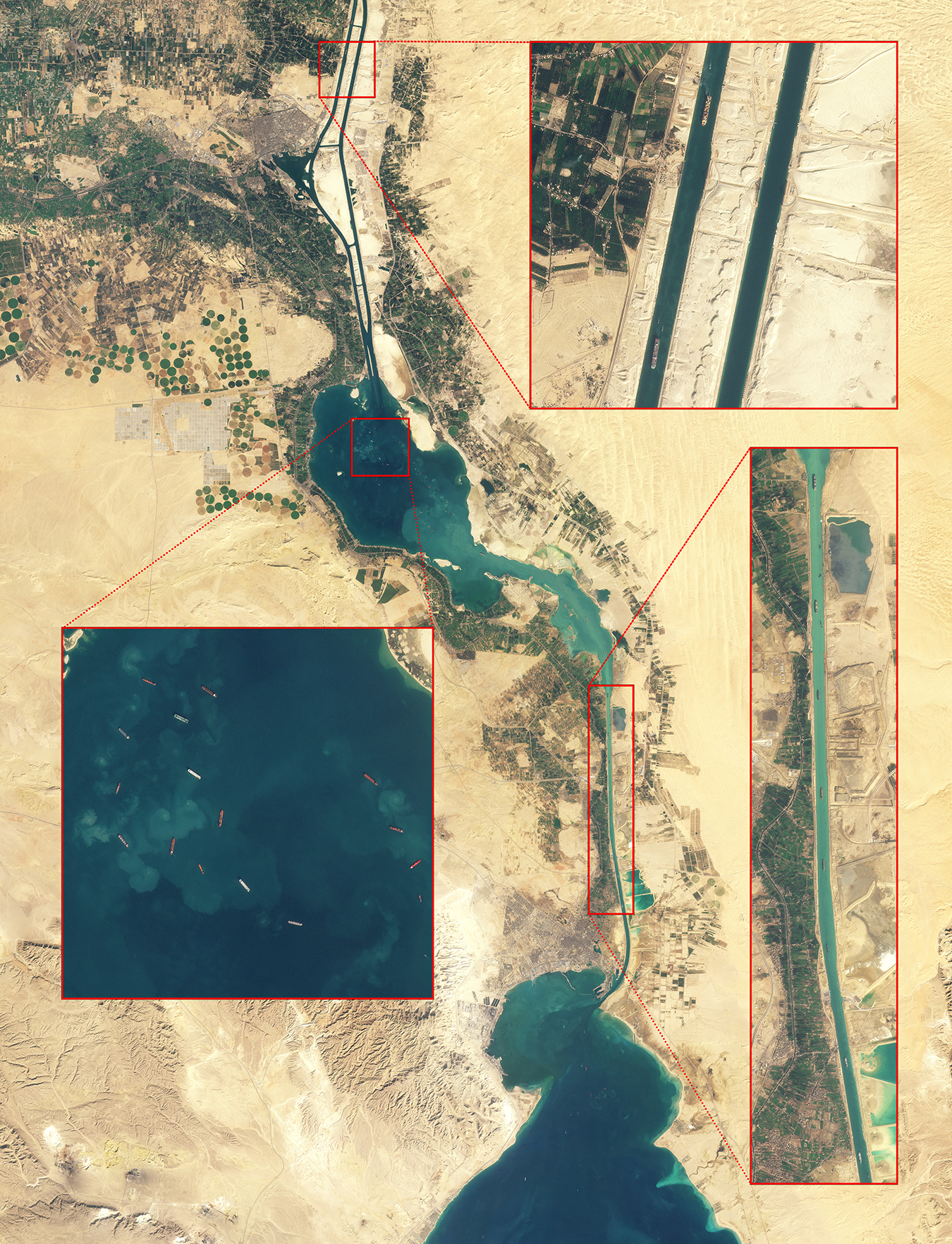 |
PlanetScope • Suez Canal, Egypt • December 31, 2022 |
A company can build some pretty neat things with a market capitalization of $2.27 trillion (except for headphones that reliably connect to bluetooth). So it’s no surprise that the makers of sleek hardware like the iPhone work from a building that looks more like a spaceship than an office. Like all his products, Steve Jobs designed the facility for the future. The 175-acre, $5 billion Apple Park is 100% powered by renewables and built to withstand powerful earthquakes. |
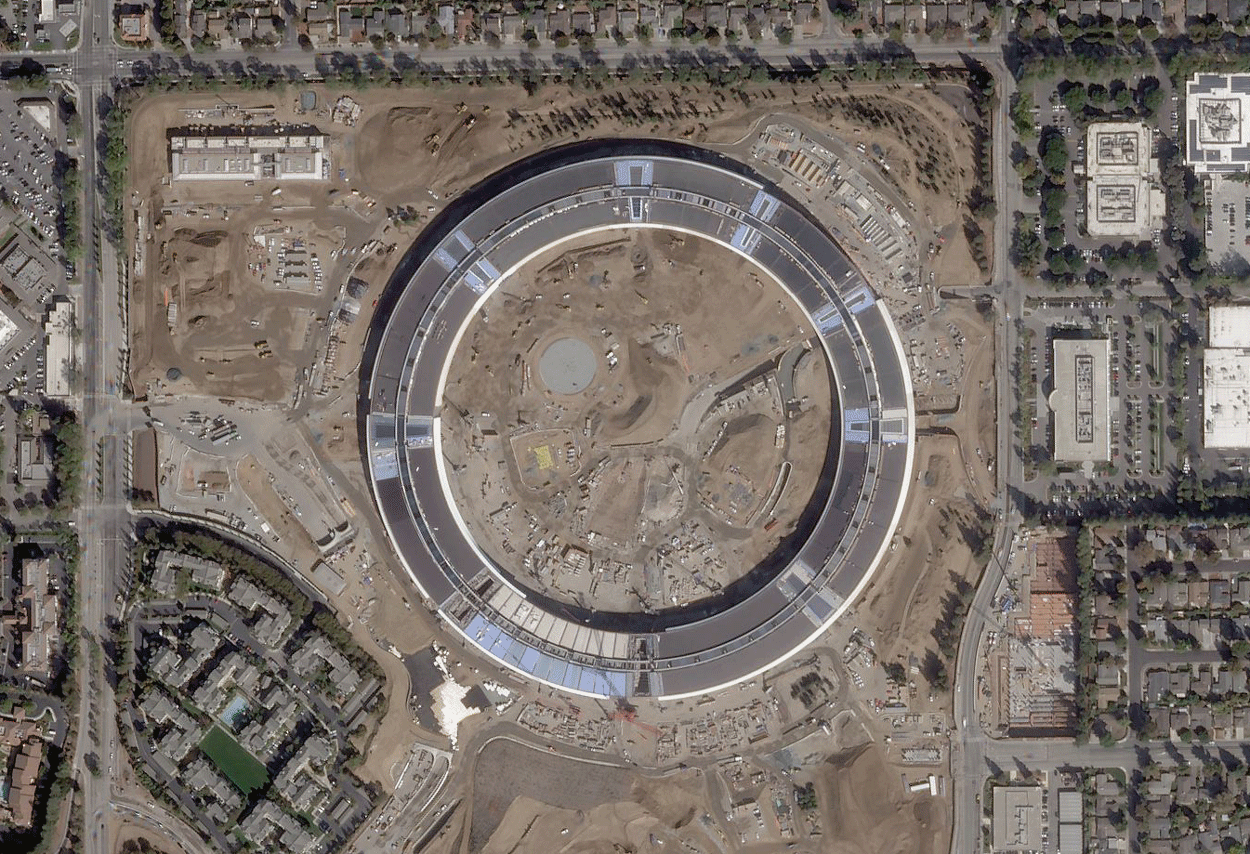 |
SkySat • Apple Park, Cupertino, CA, USA • October 7, 2016 - August 11, 2022 |
There’s generally an economic incentive to build billion-dollar infrastructure. And in the case of the $8 billion Trans-Alaska Pipeline, billions of liquid money flows through its 48 inches (1.2 meters) diameter of steel. The 800-mile (1,287-km) pipeline zig-zags its way across Alaska from the northern oil fields of Prudhoe Bay (pictured) to the Valdez harbor on the state’s southern shore. |
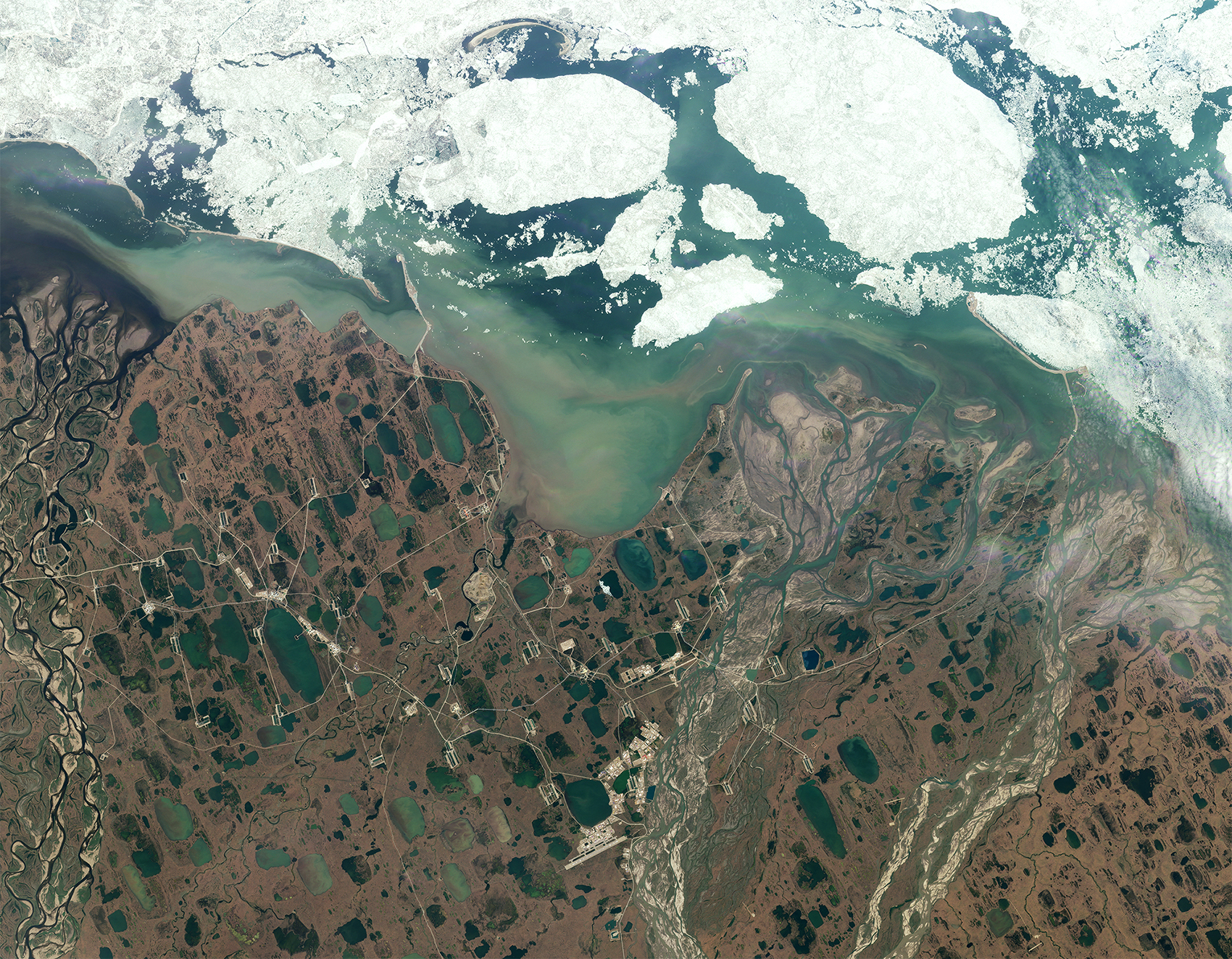 |
PlanetScope • Prudhoe Bay, AK, USA • July 5, 2021 |
We’re not sure what a project costing $1 trillion is called (teraproject?), but China’s country-wide investment in infrastructure could count as one. They’re setting lots of records. And one of the most impressive is the world’s largest hydroelectric facility, the $28.6 billion Three Gorges Dam. It’s a major source of renewable power for the region and its 7,770-foot (2,368 meter) wide wall is designed to help prevent the Yangtze River from flooding areas downriver. |
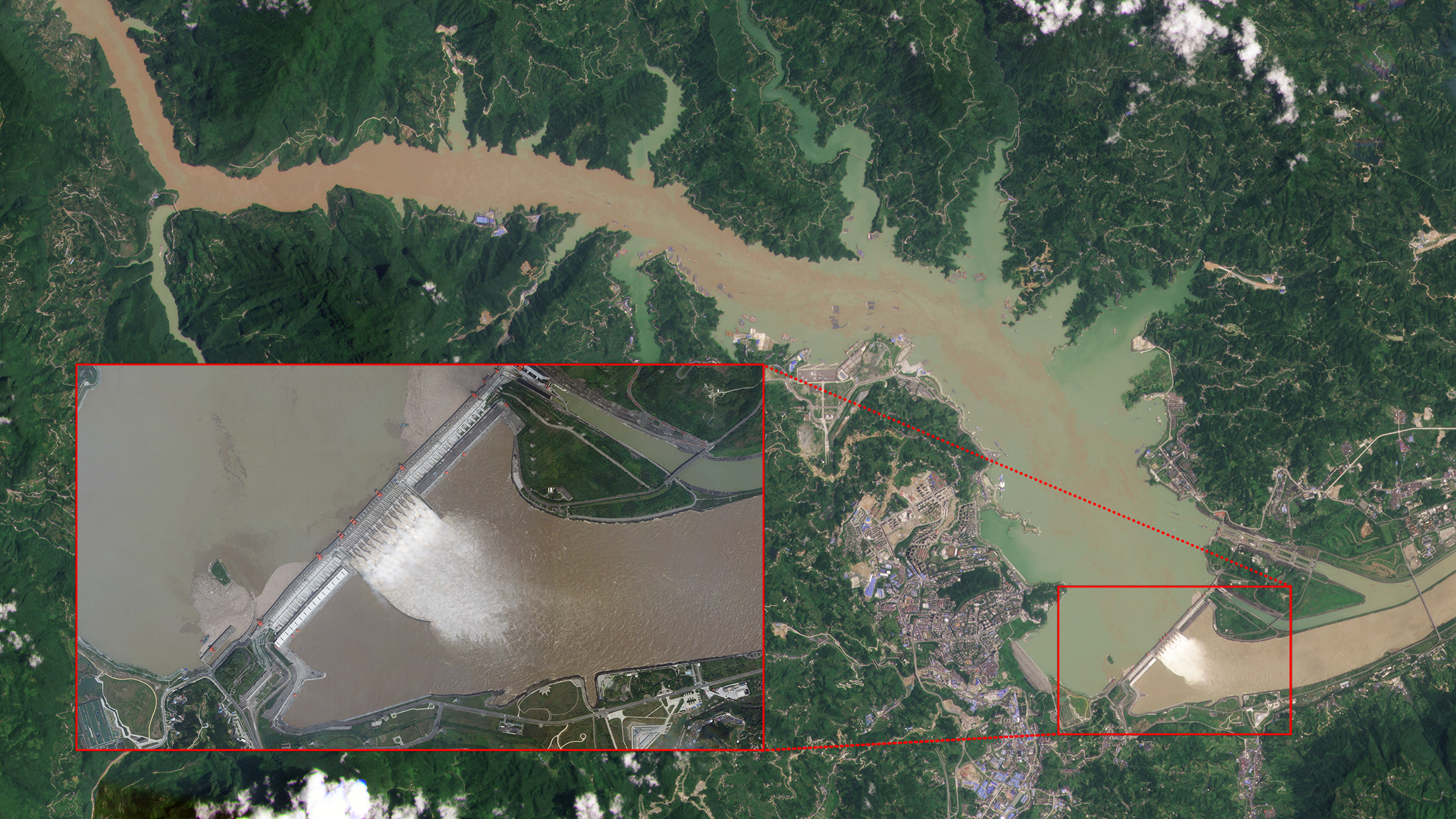 |
|
PlanetScope (background) & SkySat (detail) • Three Gorges Dam, Yichang, China • July 20, 2020 & August 24, 2020 |
Ask anyone with glasses and they’ll tell you it’s expensive to see clearly. But if you’re gazing lightyears into cosmic darkness, contact lenses won’t cut it. What will is a $1 billion Extremely Large Telescope. It’s expected to be the largest optical telescope ever made once it’s completed in 2027 and to work in conjunction with the James Webb Telescope to reveal secrets of the universe. |
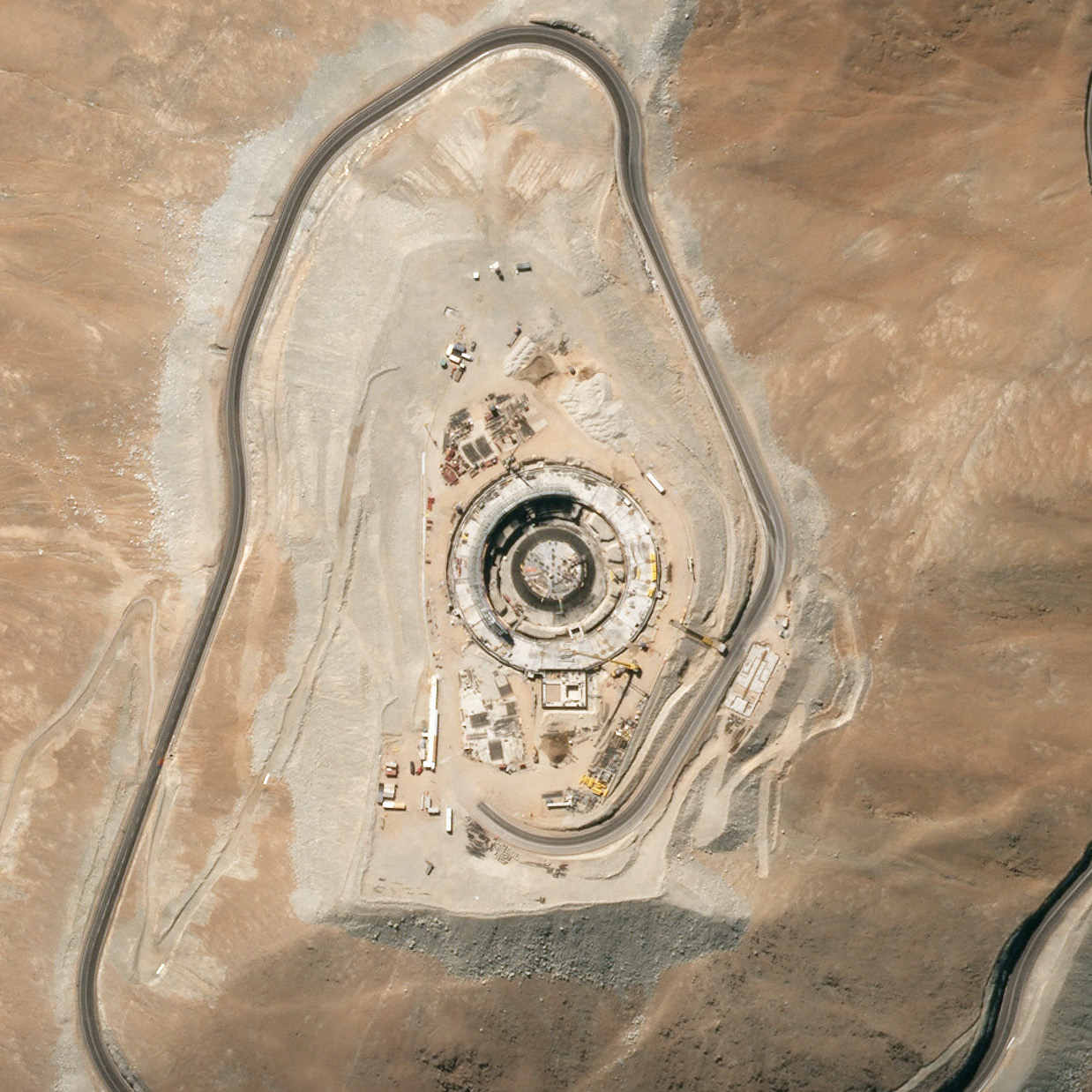 |
SkySat • ELT, Cerro Armazones, Chile • April 28, 2022 |
Some spending on megaprojects may just be a sunk cost. Japan’s Kansai International Airport was built on reclaimed land for $14 billion in 1994. But over the years, additional billions have been spent to prevent the airport from sinking any further into the ocean. What started as nothing short of engineering ingenuity may end as a mega-expensive lesson learned. |
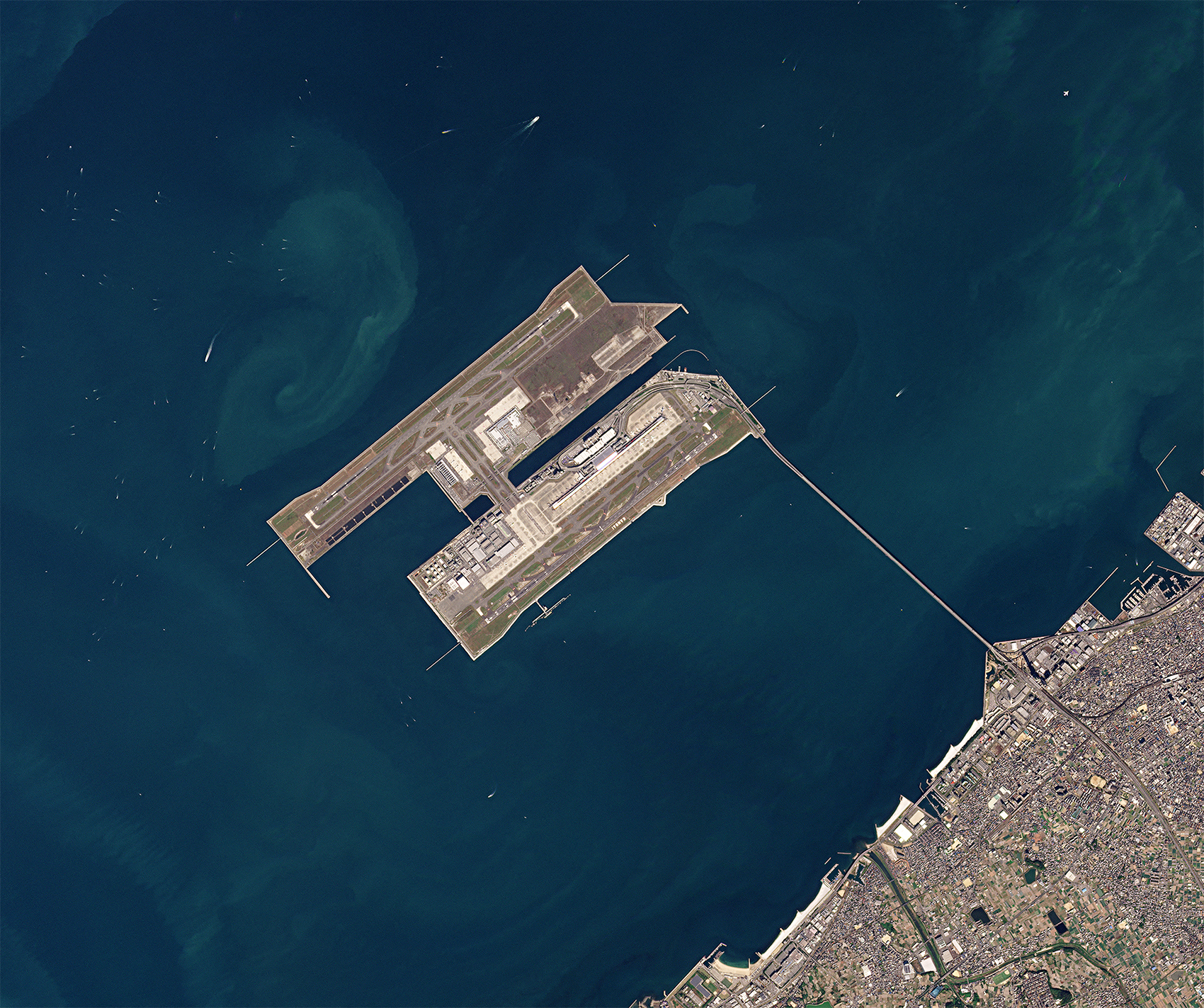 |
PlanetScope • Kansai International Airport, Japan • November 7, 2022 |
Kansai International Airport reveals the double-edged nature of megaprojects. They’re inspiring engineering marvels of grand design. But they’re also liable to human faults: hubris, ambition, and poor planning. A number of megaprojects under construction have been outright abandoned while others are considered severe disappointments. The $100 billion floating Forest City in Malaysia has all the makings for a sci-fi metropolis—except the people. Only a few thousand people live among the newly-constructed towers built to accommodate the anticipated 1 million residents. |
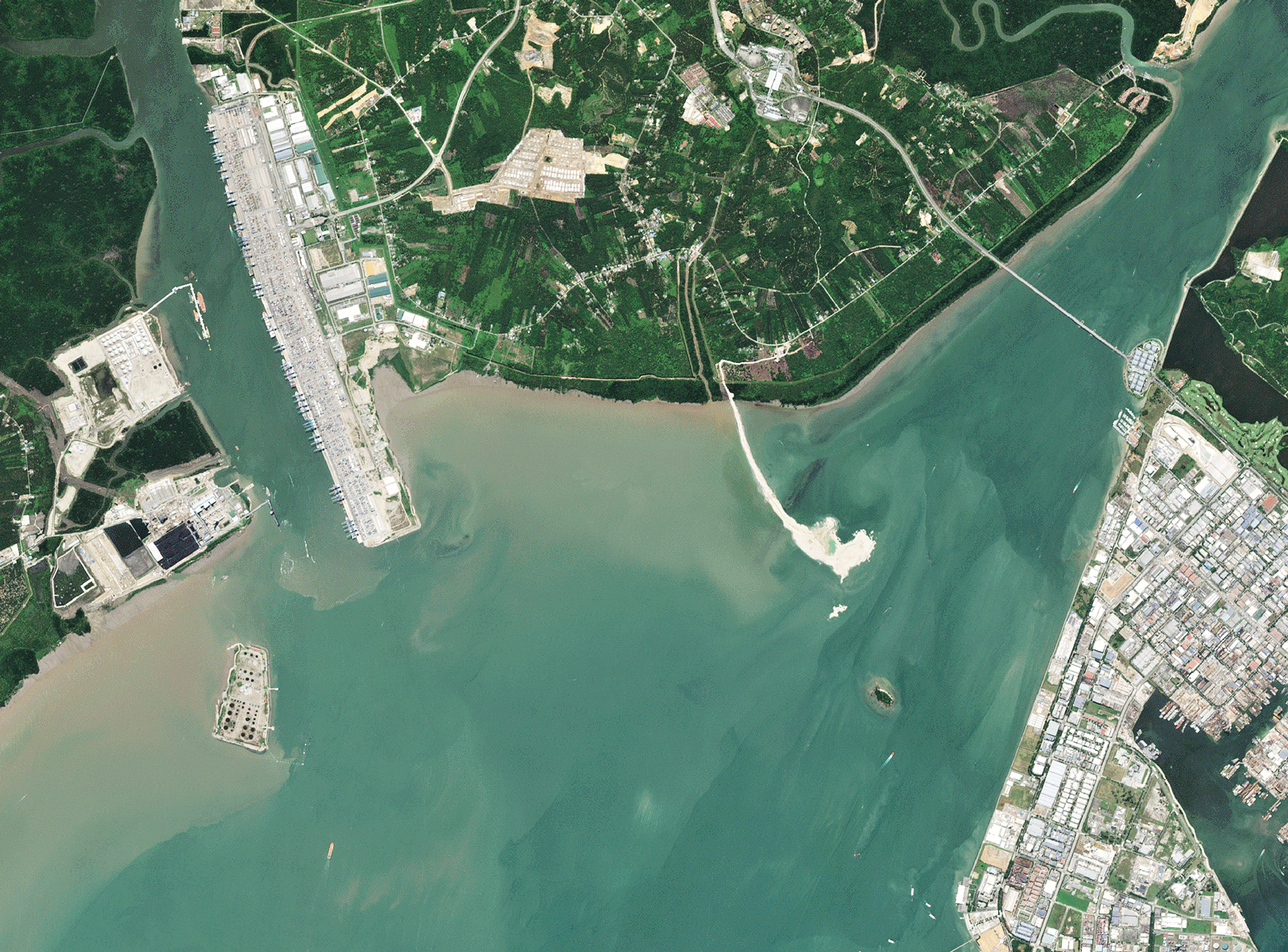 |
RapidEye & PlanetScope • Forest City, Malaysia • June 2014 - January 2022 |
It’s estimated that 9 out of 10 megaprojects go over budget. As such, many are criticized over their allocation of resources. And questions about who stands to benefit from their creation often surround the projects. Countries spend hundreds of billions on sports facilities and new cities even as they face economic hardship. Egypt’s New Administrative Capital is one of the most ambitious megaprojects currently under construction, but it’s fueled by foreign loans. |
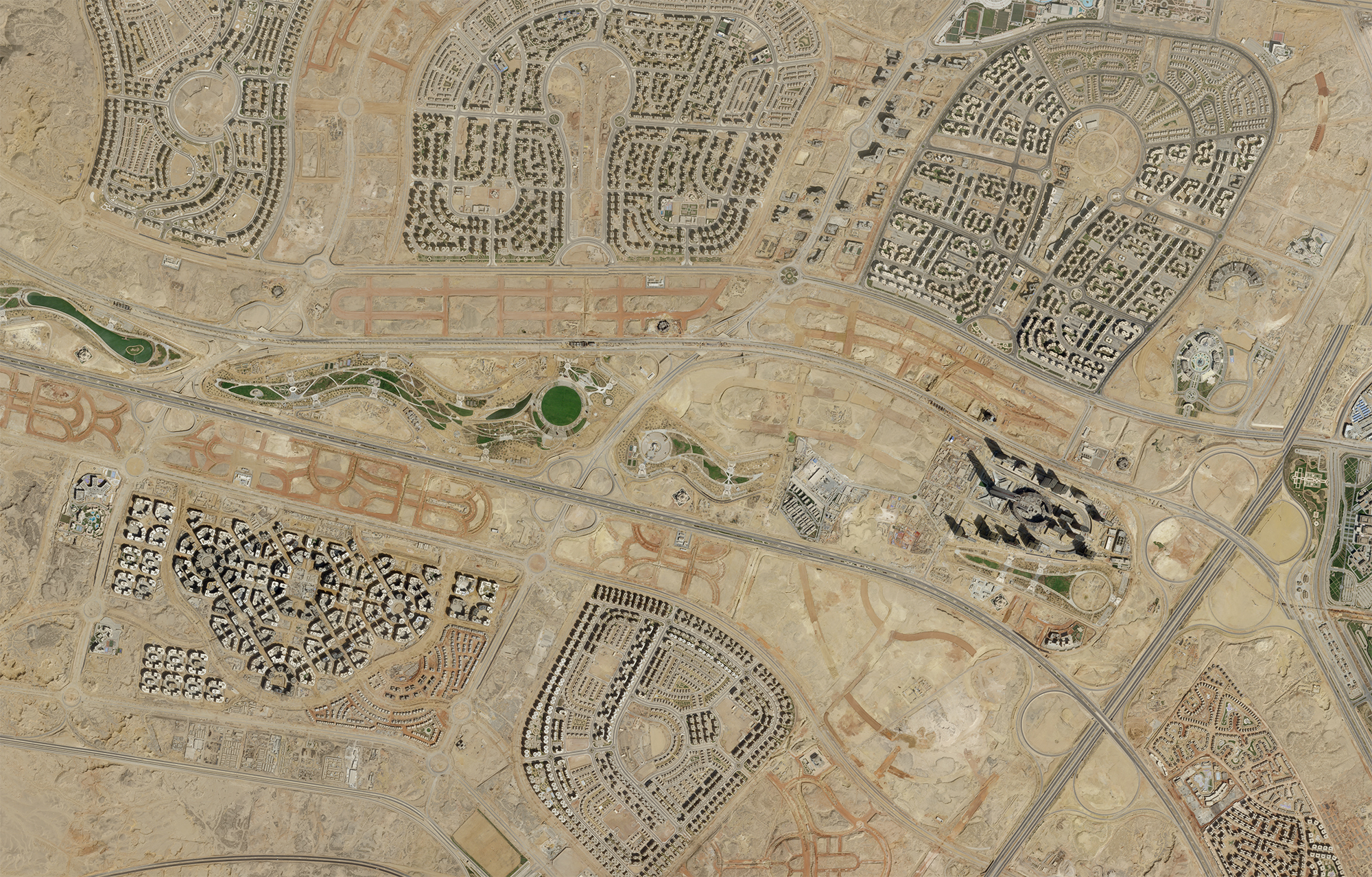 |
SkySat • New Administrative Capital, Egypt • September 23, 2022 |
However you feel about megaprojects, it’s hard not to admire their scale. There’ll be an impressive number of them rolling out in the 21st century. And perhaps some will reveal the limits of our ambition. But others will go further than ever before. And perhaps in a few decades teraprojects—costing in the trillions of dollars—will be the focus of our engineering (and terraforming) capabilities. |
|
|
|
|
|
|
|
|
|
|
|
Cerulean Lakes
Some lakes appear too blue to be true. These high-elevation bodies of water exhibit some incredible hues, often the result of glacial flour: a fine powder floating on the surface often caused by ice scraping on bedrock. Here are two examples of the beautifully uniform cerulean color seen in two far away places: Chile/Argentina and Tibet. |
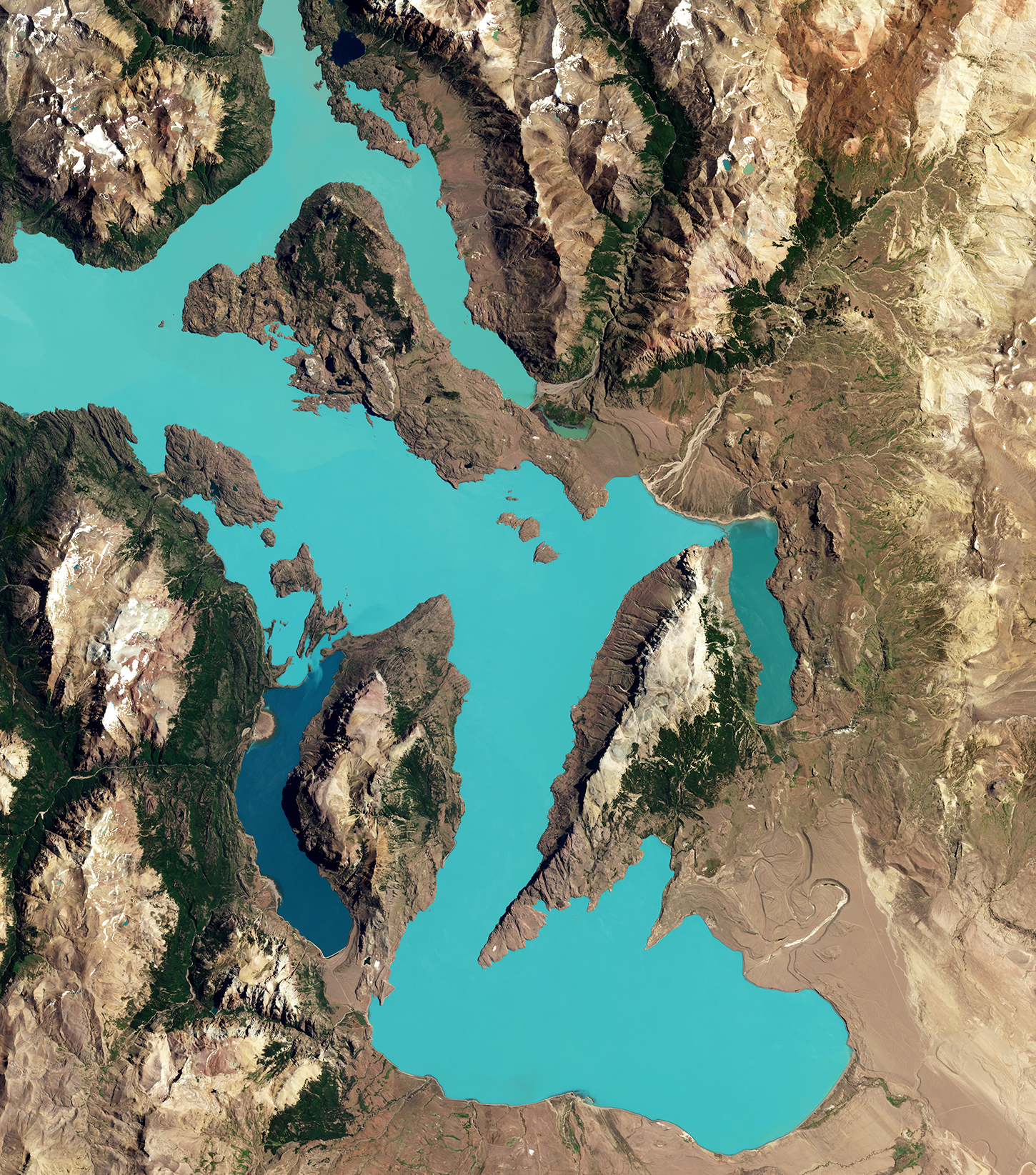 |
PlanetScope • O’Higgins/San Martín Lake, Chile/Argentina • January 17, 2023 |
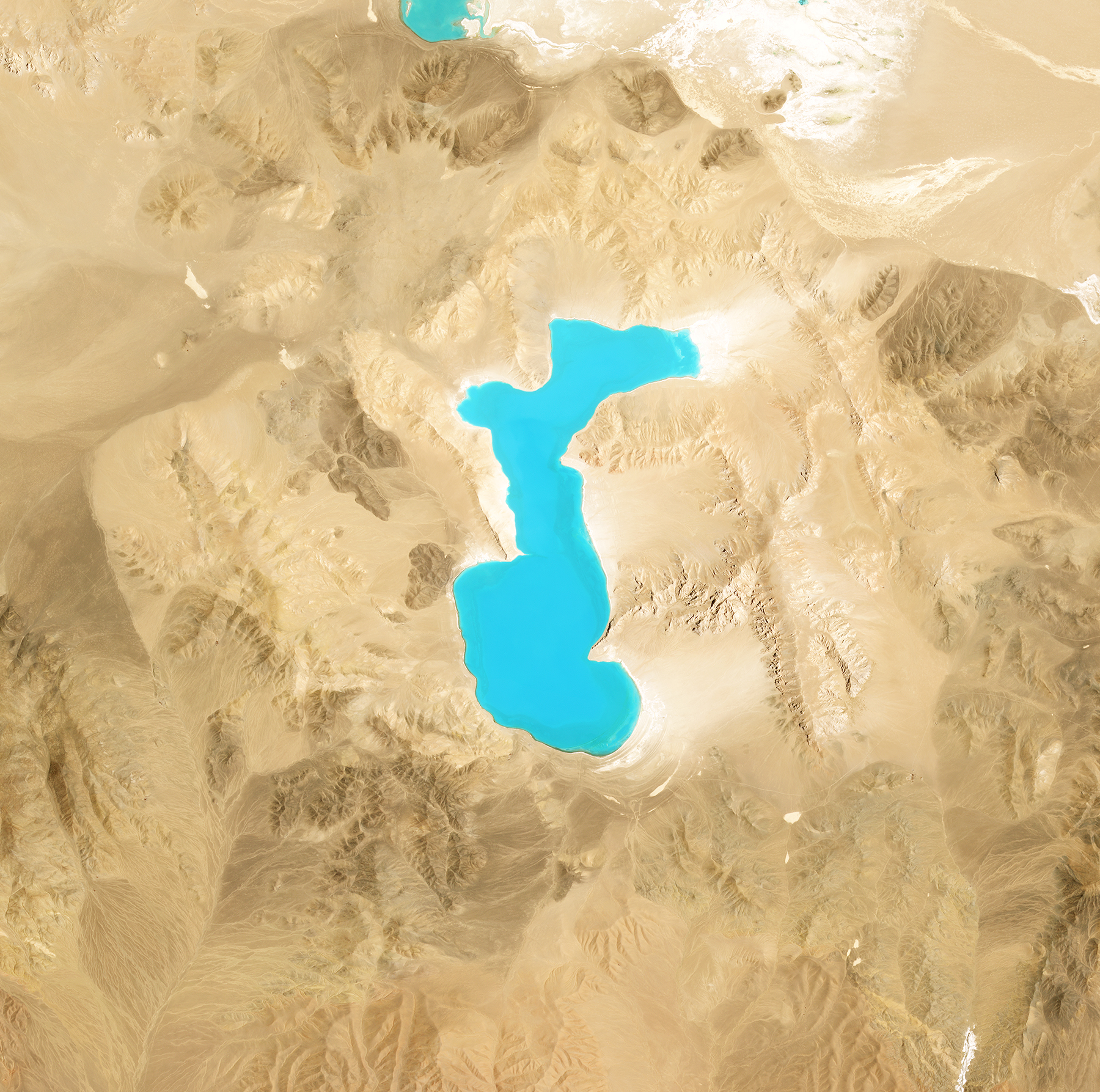 |
PlanetScope • Chamucuo, Tibet, autonomous region of China • July 6, 2022 |
|
|
|
|
|
Weekly Revisit
Last week we jousted with the satellite industry’s 1-2 punch: tip & cue processing. And check out the whole archive if you’re extra curious.
|
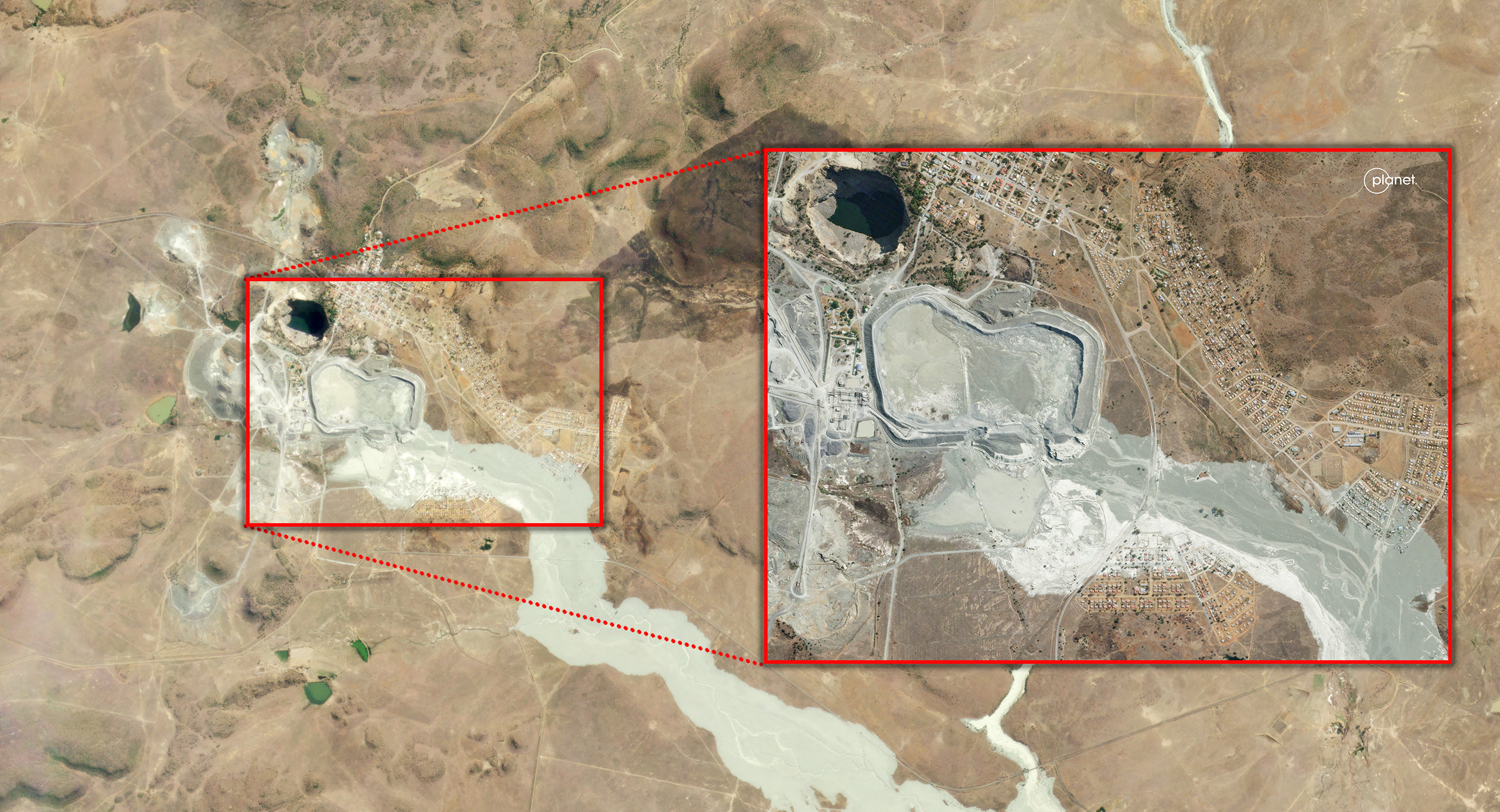 |
PlanetScope (background) & SkySat (detail) • Tailing pond failure, Jagersfontein, South Africa • September 12, 2022 (background) & September 16, 2022 (detail) |
|
|
|
|